(3500 products available)



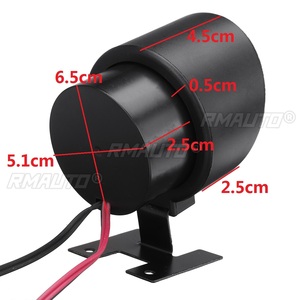










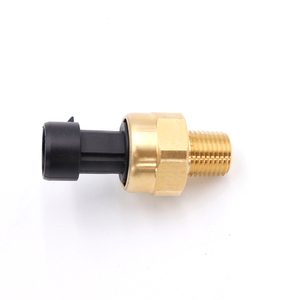



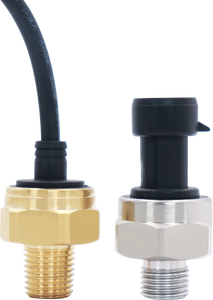



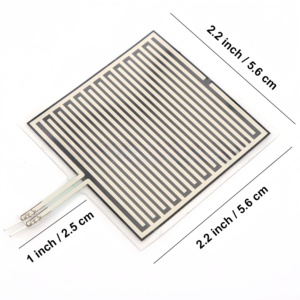
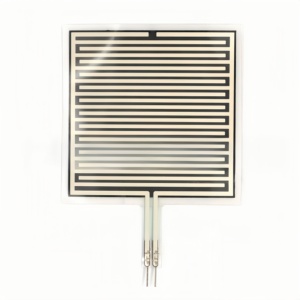

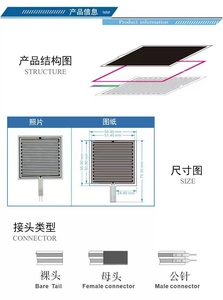




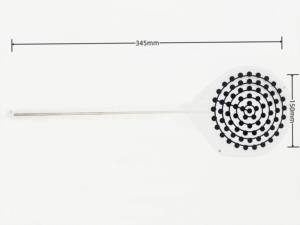


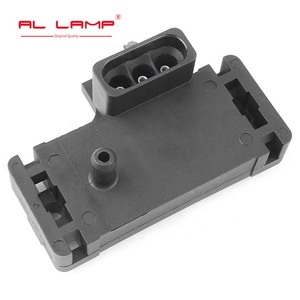













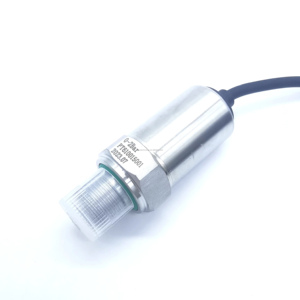










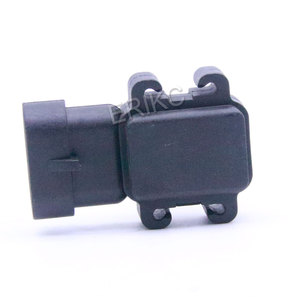




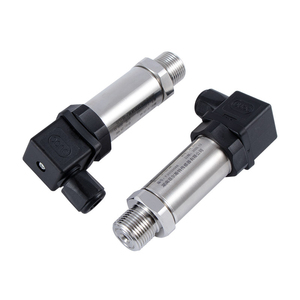





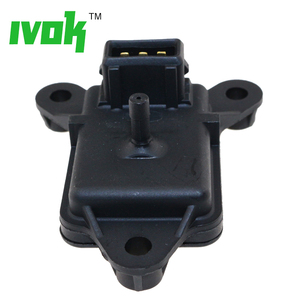
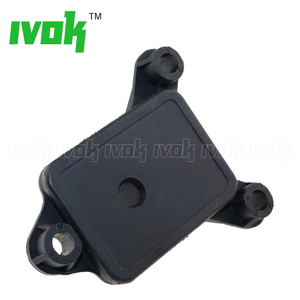
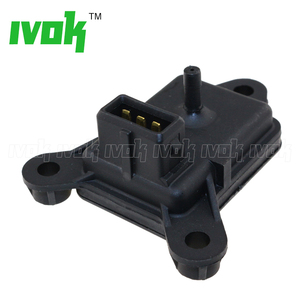




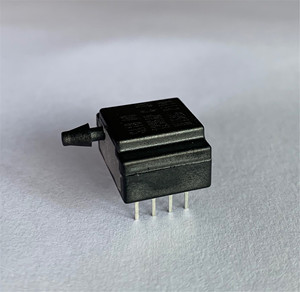
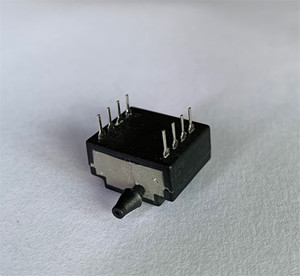
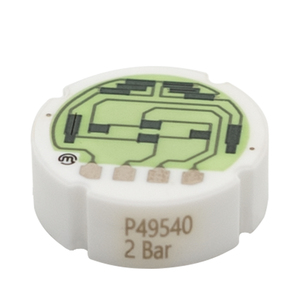





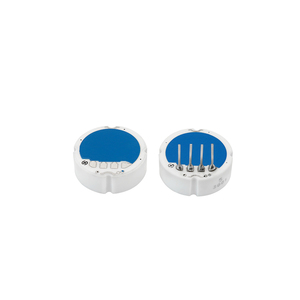






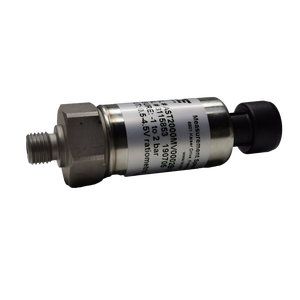
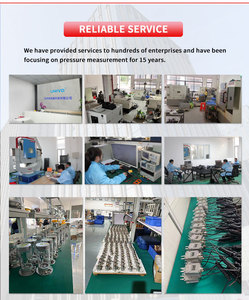






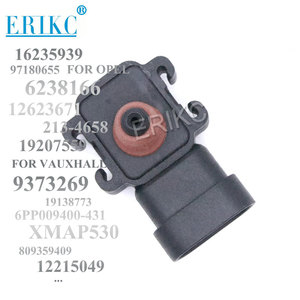
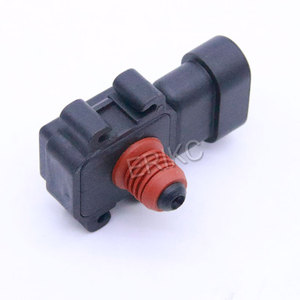

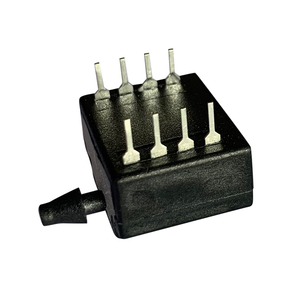
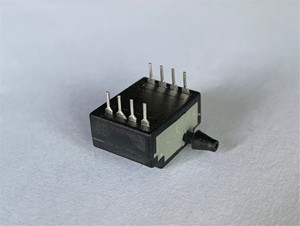

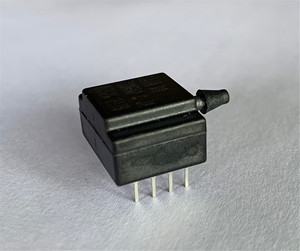

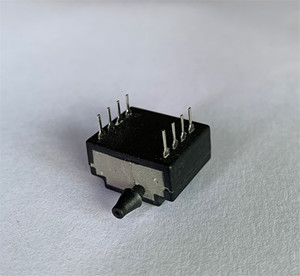




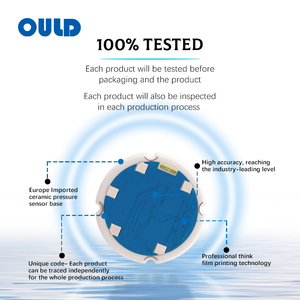
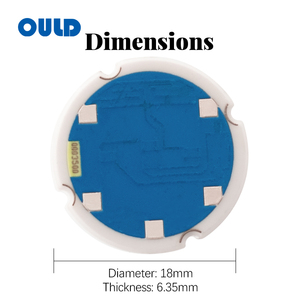




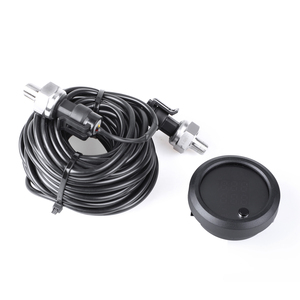
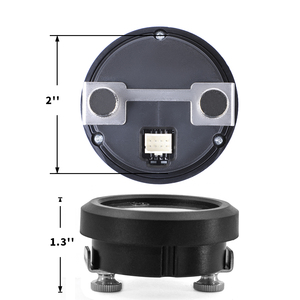







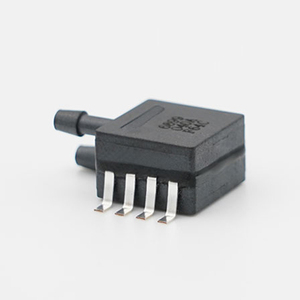



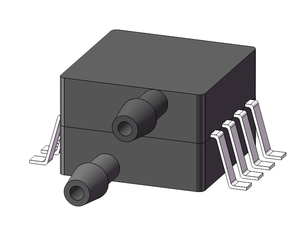


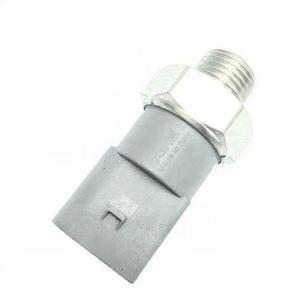



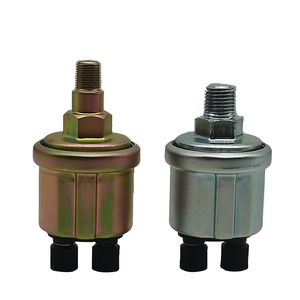



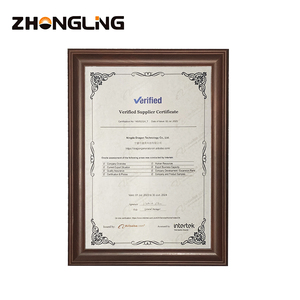


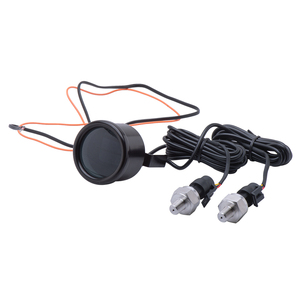
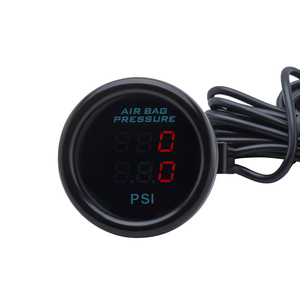






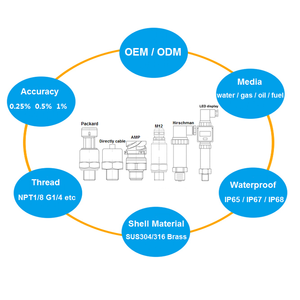
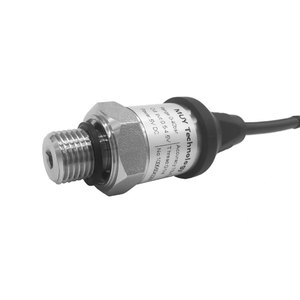







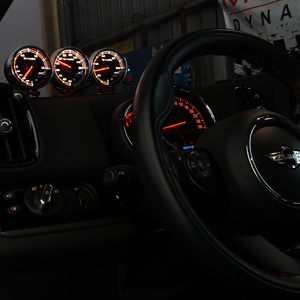



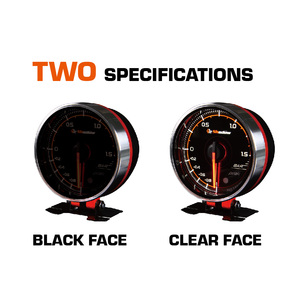











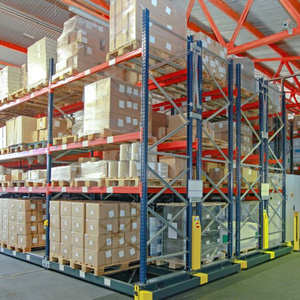
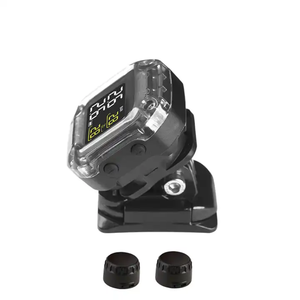

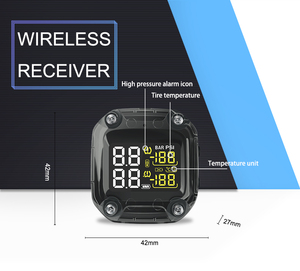


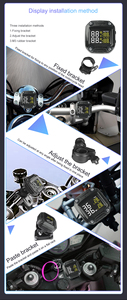




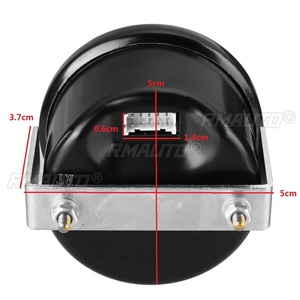


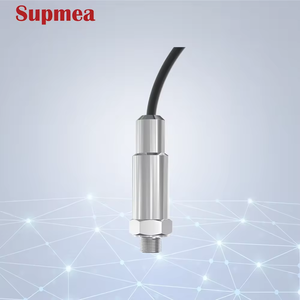
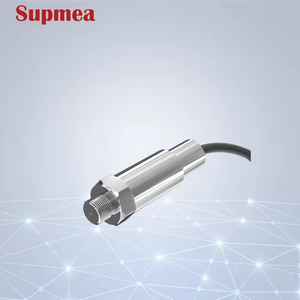

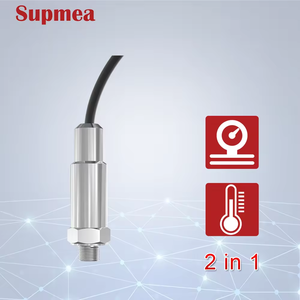
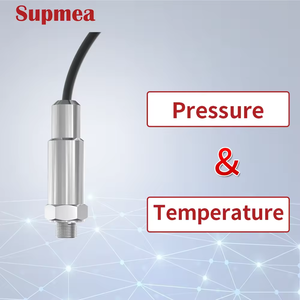
A 2-bar pressure sensor is a pressure measuring instrument that converts the pressure exerted on it into an electrical signal. The sensors can be divided into different types based on their construction and working principles. They include:
Strain Gauge Pressure Sensors
Strain gauge pressure sensors are the most common types of 2-bar pressure sensors. They consist of a metal diaphragm with a strain gauge attached to its surface. When pressure is applied, the diaphragm deforms, causing a change in resistance in the strain gauge. This change in resistance is measured and converted into a pressure reading. Strain gauge pressure sensors are known for their high accuracy and reliability, making them suitable for various industrial applications.
Capacitive Pressure Sensors
Capacitive pressure sensors utilize capacitors to measure pressure changes. They have two conductive plates separated by a dielectric material. One plate is exposed to the measured pressure, while the other is held at a constant pressure. When there is a change in pressure, the distance between the plates varies, resulting in a change in capacitance. This change in capacitance is used to calculate the pressure. Capacitive pressure sensors are highly sensitive and can detect small pressure variations, making them ideal for precision applications.
Piezoelectric Pressure Sensors
Piezoelectric pressure sensors use piezoelectric materials to measure dynamic changes in pressure. These materials generate an electrical charge proportional to the applied mechanical stress. When there is a change in pressure, the resulting mechanical stress in the sensor element produces a charge signal. This signal is amplified and processed to provide a pressure measurement. Piezoelectric pressure sensors are widely used in applications that require fast response times and high-frequency pressure measurements.
Optical Pressure Sensors
Optical pressure sensors use optical fibers and light signals to measure pressure. Changes in pressure affect the properties of the optical fiber, leading to variations in the transmitted light signals. These changes are analyzed using advanced signal processing techniques to determine the pressure. Optical pressure sensors offer high sensitivity, immunity to electromagnetic interference, and the ability to operate in harsh environments.
Generally, pressure sensors with 2 bar ratings measure pressure between 0 and 2 bar. The specifications of the 2 bar pressure sensor vary depending on the manufacturer and the intended application. However, here are some common specifications:
Pressure Range:
The pressure range of 2-bar sensors is between 0 to 2 bars. Some sensors have a slightly higher or lower pressure range.
Accuracy:
Some sensors have high accuracy levels, while others have a normal level. The accuracy of the sensor is expressed as a percentage of the full-scale range. Users can select sensors with accuracy levels that suit their application needs.
Output Signal:
The output signal enables the sensor to communicate with other devices. Common output signals include analog signals like voltage or current and digital signals like I2C or SPI.
Media Compatibility:
Media compatibility refers to the sensors' ability to measure pressure in different types of media. These media include gases, liquids, and aggressive chemicals. Users should select sensors that are compatible with the media they intend to measure.
Temperature Range:
Generally, sensors operate within specific temperature ranges. The temperature range is the ambient temperature and the media being measured. Different sensors have varying temperature ranges depending on the application.
Material:
The 2 bar pressure sensor materials determine their durability and suitability for different applications. Common materials include stainless steel, plastic, and ceramic elements.
Hysteresis:
Hysteresis is the difference between the measured value and the actual value of pressure. Some sensors have a low hysteresis, while others have a normal hysteresis. Users select sensors with hysteresis values that suit their application needs.
Mounting:
Different mounting options are available for 2 bar pressure sensors. These options include threaded or flanged connections. Users select sensors with mounting options that match their system integration needs.
Power Supply:
Power supply requirements vary depending on the type of output signal of the 2 bar pressure sensor. Most sensors require a constant voltage supply, while others need a specific power supply for the output signal.
Response Time:
Response time refers to the time taken by the sensor to detect changes in pressure and reflect them in the output signal. Some sensors have a fast response time, while others have a slow response time.
Maintaining 2-bar pressure sensors is crucial to ensure accurate and reliable measurements. Below are some general guidelines for maintaining 2-bar pressure sensors:
Regular Calibration:
Regular calibration ensures that the sensor measurements are accurate. Follow the manufacturer's instructions or professional services for calibrating the sensor periodically.
Cleanliness:
Pressure sensors require cleanliness since contaminants affect their performance. Clean the sensor regularly, especially the pressure ports, using suitable methods and products. Avoid using harsh chemicals or abrasive materials that can damage the sensor.
Installation:
Proper installation of the 2-bar pressure sensor is essential for its performance and durability. Ensure that the sensor is installed securely and at the correct location as per the manufacturer's guidelines. Avoid mounting the sensor in areas prone to excessive vibrations, temperature fluctuations, or exposure to corrosive substances.
Environmental Conditions:
2-bar pressure sensors have specified environmental conditions for optimal performance. These conditions include temperature, humidity, and atmospheric pressure. Ensure that the sensor is operated within the specified conditions to avoid damage or inaccurate readings.
Avoid Overpressure:
Overpressure can damage the sensor, resulting in inaccurate readings or complete sensor failure. Ensure that the sensor is not subjected to pressures exceeding its specified range.
Wiring and Connections:
Regularly inspect the wiring and connections of the 2-bar pressure sensor. Loose or damaged connections can affect the sensor's performance and cause measurement errors. Ensure that all connections are secure and the wiring is intact.
Storage:
If the 2-bar pressure sensor is not in use for an extended period, store it following the manufacturer's recommendations. Keep it in a clean, dry environment, away from extreme temperatures and corrosive substances.
Follow Manufacturer's Instructions:
Adhere to the manufacturer's instructions and recommendations for installation, operation, and maintenance. This ensures optimal performance and durability of the 2-bar pressure sensor.
With hundreds of 2-bar pressure sensors available on the market, retailers and wholesalers must know how to choose the right ones for their customers. Here are some tips:
Barometric compensation
Barometric compensation is an important feature that enables the 2 bar pressure sensor to adjust its readings based on atmospheric pressure changes. This ensures accurate and consistent measurements, regardless of environmental conditions. Consumers using pressure sensors in applications like weather monitoring or altitude measurement will benefit from barometric compensation. When sourcing, consider this feature, as it adds value and reliability to the sensor.
Long-term stability
Long-term stability in a 2-bar pressure sensor refers to its ability to maintain accurate measurements over an extended period without significant drift or deviation. This is achieved through advanced sensor technologies, high-quality materials, and robust construction. Long-term stability reduces the need for frequent calibration or replacement, ensuring reliable and consistent pressure monitoring in critical applications. Industries such as aerospace, medical devices, and oil and gas, where precision is paramount, rely on 2-bar pressure sensors with long-term stability.
Response time
The response time of a 2 bar pressure sensor is a critical specification that affects its performance in many applications. It represents the time it takes for the sensor to respond to a change in pressure and reflect that change in its output signal. A fast response time is crucial in processes where pressure fluctuates rapidly or in systems requiring real-time monitoring and control. For instance, in chemical processing, pressure changes can affect reaction rates, and prompt pressure feedback is essential for maintaining optimal conditions. Similarly, in pneumatic systems, quick pressure adjustments are necessary for efficient operation. Generally, a 2-bar pressure sensor with a short response time improves overall system performance, increases efficiency, and ensures safety in critical applications.
Media compatibility
Media compatibility refers to the 2-bar pressure sensor's ability to contact and interact with the measured media without causing damage, contamination, or chemical reactions. It is a critical consideration when selecting a pressure sensor for specific applications. For example, in oil and gas applications, the sensor must be compatible with various hydrocarbons and their derivatives. Similarly, in the food and beverage industry, sensors must be selected that comply with hygiene standards and be compatible with food products. In medical applications, sensors must be compatible with biocompatible materials to avoid adverse reactions.
Environmental conditions
Environmental conditions are a crucial aspect to consider when selecting a 2-bar pressure sensor for a specific application. Factors such as temperature, humidity, dust, and liquid or chemical exposure must be evaluated, as they can significantly impact the sensor's performance and durability. For instance, temperature-resistant sensors are required in high-temperature environments, such as industrial furnaces or metal processing, while humidity-resistant sensors are essential in humid climates or applications involving moisture-sensitive materials. Additionally, sensors with appropriate enclosures and filters can protect against dust and airborne particles in dusty environments, ensuring reliable operation and minimal wear. Furthermore, sensors designed to withstand exposure to aggressive chemicals, such as acids, bases, or corrosive substances, used in manufacturing or processing require media compatibility.
Anytime a 2-bar pressure sensor gets damaged, it is important to replace it as quickly as possible. Fortunately, users can replace the 2-bar pressure sensor themselves. Here is a step-by-step guide on how to DIY and replace a 2-bar pressure sensor.
Step One
Find the right replacement sensor. When replacing a pressure sensor, always ensure that the new sensor matches the specifications of the old one. The new sensor should be compatible with the vehicle's system. To find a compatible sensor, users can consult their vehicle's service manual or contact the manufacturer.
Step Two
Prepare the vehicle. Before working on any vehicle, ensure that it is parked in a safe and level location. Also, ensure that the ignition is turned off and the engine is cooled down. After doing all these, gather all the required tools and have them within reach.
Step Three
Locate the old pressure sensor. The location of the pressure sensor varies depending on the vehicle's make and model. In most vehicles, the pressure sensor is located on the intake manifold, engine block, or near the oil filter. After locating the sensor, disconnect the electrical connector from its surface.
Step Four
Remove the old sensor. Using a wrench or socket, carefully unscrew the old sensor from its mounting location. Be careful not to strip the sensor or the surrounding threads. Also, ensure that there is no damage to the nearby components. When loosening the old sensor, some fluids may leak out.
Step Five
Install the new sensor. Before installing the new sensor, apply a small amount of thread sealant to its threads. Then, carefully screw the sensor into its mounting location and tighten it snugly. Ensure that it is properly aligned and securely fastened. After installing the new sensor, reconnect the electrical connector.
Step Six
Test the new sensor. Start the engine and ensure that it runs smoothly. Check for any signs of leaks around the sensor's area. If there are any leaks, turn off the engine and tighten the sensor until the leak disappears.
Step Seven
Clear any error codes. If the vehicle's system has a code reader or scanner, use it to clear any error codes related to the old pressure sensor. This ensures that the new sensor is recognized by the vehicle's system.
Q1: How accurate are 2 Bar pressure sensors?
A1: The accuracy of 2-bar pressure sensors depends on the specific type and model being used. In general, however, high-quality 2-bar pressure sensors offer accuracy levels of ±0.5% full-scale value or better. This means that the sensor's readings can deviate from the actual pressure by no more than 0.5% of the maximum pressure it can measure. For more demanding applications, specialized sensors with tighter tolerances are available.
Q2: What is the difference between gauge pressure sensors and absolute pressure sensors?
A2: Gauge pressure sensors measure pressure relative to ambient air pressure. Their output indicates the pressure that exceeds the surrounding atmospheric level. On the other hand, absolute pressure sensors measure pressure concerning a complete vacuum. Their output reflects the total pressure applied to the sensor, considering the absence of any atmospheric pressure.
Q3: Can 2-bar pressure sensors measure negative pressure?
A3: Standard 2-bar pressure sensors cannot measure negative pressure because they are designed to measure positive pressure up to 2 bar above atmospheric levels. However, negative pressure can be measured using a vacuum pressure sensor, which can detect pressures below atmospheric levels (i.e., vacuum conditions).
Q4: Are 2-bar pressure sensors suitable for high-pressure applications?
A4: No, 2-bar pressure sensors are not suitable for high-pressure applications. They are designed for measuring low-pressure ranges up to 2 bar (approximately 29 psi). For higher pressures, specialized pressure sensors with higher pressure ratings and appropriate measurement ranges should be utilized.
Q5: What are the common units of measurement for pressure sensors?
A5: Pressure sensors commonly use several units to indicate pressure measurements. The most common ones are pascals (Pa), newtons per square meter (N/m²), bars (1 bar = 100,000 Pa), and pounds per square inch (psi). Pressure sensors often have options to display measurements in multiple units for user convenience.